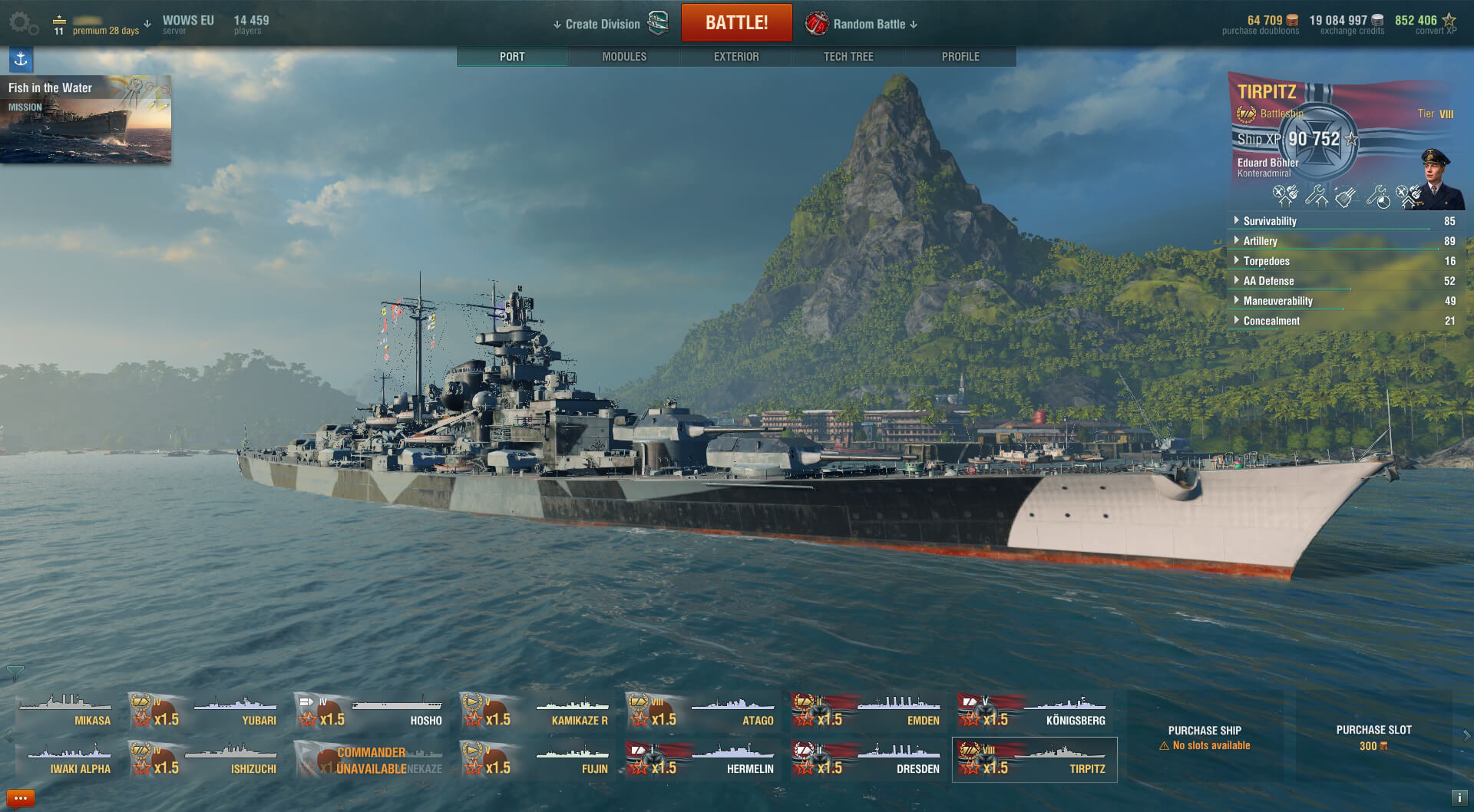

Given the way it has echoed through the years, you might think Lawrence’s memorable plea marked a heroic moment in the history of American armed forces. 10 over British naval forces in the Battle of Lake Erie.

Its captain, Commodore Oliver Hazard Perry, won a decisive victory on Sept. His rallying cry, published a few weeks later in a Baltimore newspaper, became the unofficial motto of the US Navy for decades thereafter, long predating “Remember the Maine” or “Remember Pearl Harbor.” Just two months after the battle, a bright blue banner emblazoned with Lawrence’s words flew at the masthead of a namesake vessel, USS Lawrence. As the mortally wounded Captain James Lawrence of the US frigate Chesapeake lay dying in his cabin, his crew locked in hand-to-hand combat on the quarterdeck above, he is alleged to have uttered the memorable words: “Don’t give up the ship!” 200 years ago, on June 1, 1813, in the midst of a bloody sea battle between an American and a British frigate a few miles north of Boston, one of America’s most memorable wartime slogans was born.


 0 kommentar(er)
0 kommentar(er)
